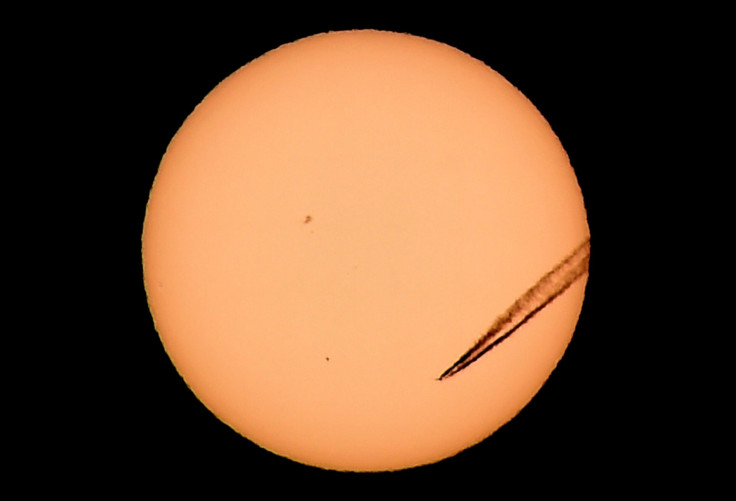Rare meteorite on Earth points towards Mercury's origins

MIT geologists have studied part of planet Mercury’s cooling history right after it formed between 4.2 and 3.7 billion years ago and traced its origins to an enstatite chondrite, a rare meteorite. This kind of meteorite is extremely rare on Earth.
About 4.6 billion years ago, the universe was a chaos of spinning debris and collapsing gas. Massive meteoroids with particles of dust and gas clumped together into them clashed to form planets. These planets, especially Mercury, were fiery globes of molten material right after their formation.
Mercury’s interior temperature plummeted 240 degrees Celsius when its cooling period started. The composition of lava deposits on the planet’s surface and its rapid cooling rate allowed the scientists to link Mercury to enstatite chondrite. This kind of meteorite is extremely rare on Earth.
The study is of particular interest as Mercury’s past may allow better understanding of Earth’s early formation. Timothy Grove, a Cecil and Ida Green professor of Geology in MIT’s Department of Earth, Atmospheric, and Planetary Sciences, said that early volcanism on planets like Mercury was more dramatic. As the planet cooled down, there weren’t other volcanic processes that would wipe out its past.
Mercury’s past can reveal how fast the interiors cooled in the early part of the planet’s history. The study has been published in Earth and Planetary Science Letters and included researchers from University of Bayreuth in Germany, University of Liége in Belgium and University of Hanover in Germany.
The team of scientists used data collected by NASA’s Mercury Surface, Space Environment, Geochemistry, and Ranging (MESSENGER) probe between 2011 and 2015 when it orbited Mercury to reveal thick lava deposits on the planet’s surface.
“We now know something like an enstatite chondrite was the starting material for Mercury, which is surprising, because they are about 10 standard deviations away from all other chondrites. The next thing that would really help us move our understanding of Mercury way forward is to actually have a meteorite from Mercury that we could study. That would be lovely,” Grove said in a statement.





















